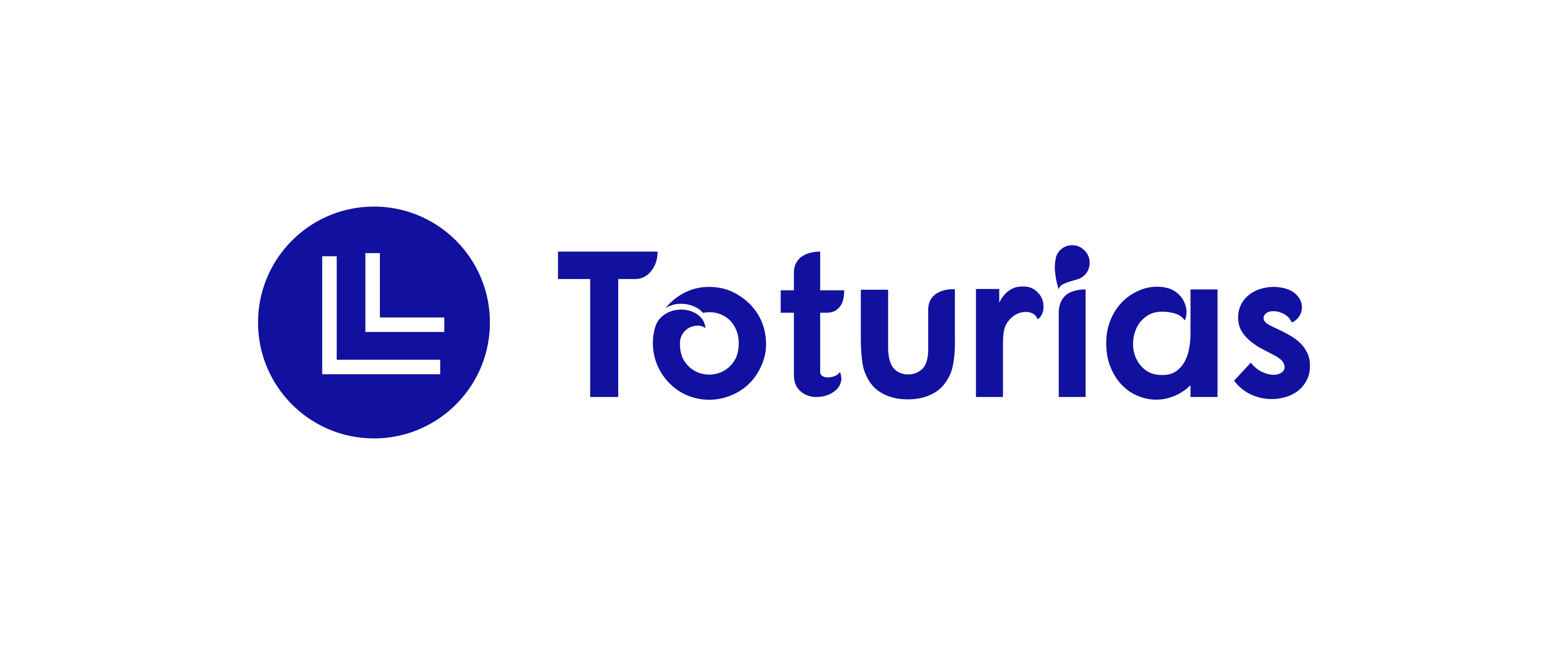Linux and Windows tutorials and guides
When managing packages on a Linux system, especially those based on Debian, you may encounter two commonly used commands: sudo apt-get install and sudo apt install. While both commands are used to install software packages, they have some differences that are important to understand. In this post, we’ll break down these two commands and clarify when to use each one.
What is apt-get?
apt-get is a command-line tool that is part of the Advanced Package Tool (APT) suite. It has been around for a long time and is widely used for package management in Debian-based systems such as Ubuntu. The apt-get command provides a more detailed and traditional interface for managing packages.
Example Usage:
sudo apt-get install package-name
What is apt?
apt is a newer command that was introduced as a more user-friendly interface for package management. It combines the functionalities of several older commands, including apt-get, apt-cache, and others, into a single command-line tool. The apt command is designed to simplify package management tasks while providing essential features.
Example Usage:
sudo apt install package-name
Key Differences
- User Experience:
aptis intended to be more user-friendly. It provides a progress bar during installations and presents information in a more readable format.apt-getoutputs information in a more verbose manner, which may be preferred by advanced users who want detailed feedback.
- Functionality:
- While both commands can install packages,
aptalso includes some additional features, such as the ability to automatically remove unused packages after installation using theautoremovefeature. apt-getremains more stable for scripting and automation because it has less frequent changes and retains backward compatibility.
- While both commands can install packages,
- Commands:
- The
aptcommand consolidates several commands into one. For example,apt update,apt upgrade, andapt searchare all easily executed withapt. - In contrast,
apt-getrequires separate commands for similar actions, such asapt-get updateandapt-get upgrade.
- The
- Output:
aptprovides more user-friendly output. It includes colored text and progress bars, making it easier for users to follow the installation process.apt-gethas a more traditional output style, which may be less visually appealing but more informative in some contexts.
When to Use Each
- Use
apt-get:- When scripting or automating tasks, as it provides a stable interface.
- If you prefer detailed output and a more traditional approach.
- Use
apt:- For everyday package management tasks where user-friendliness is a priority.
- If you appreciate progress bars and simplified commands.
Conclusion
Both sudo apt-get install and sudo apt install are effective commands for managing packages on Debian-based systems. Understanding their differences can help you choose the right tool for your needs. Whether you prefer the traditional approach of apt-get or the modern convenience of apt, both commands are invaluable for any Linux user.


